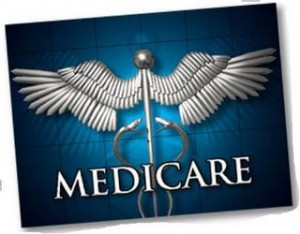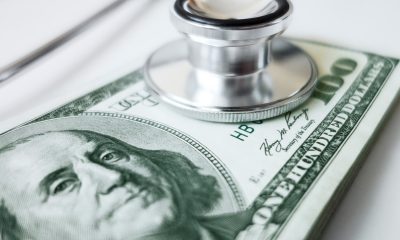Health
Study: Many Medicare Cataract Patients Given Needless Tests


MARILYNN MARCHIONE, AP Chief Medical Writer
Millions of older people are getting tests they don’t need to prove they are healthy enough to have cataracts removed, a new study finds. The excess testing before this quick, ultra-safe eye procedure is costing them and Medicare a bundle, and many patients don’t know they can question it, doctors say.
“They should ask, ‘Is it really necessary?'” and how much it will cost them in co-insurance — usually 20 percent under Medicare, said one study leader, Dr. R. Adams Dudley of the University of California, San Francisco.
It’s amazing “how much harm a doctor can do with the wiggle of their pen or a check in a box” to order these tests, he said. “In just seconds they can spend tons of people’s time and money.”
Removing cataracts that cloud vision is the most common elective operation for older adults, done 1.7 million times each year in the United States. It’s an outpatient procedure that takes about 18 minutes and requires only numbing eye drops, not general anesthesia.
“This is one of the lowest-risk surgery procedures you can have,” with less than a 1 percent risk of major heart problems or death, said Dr. Catherine Lee Chen, a UCSF anesthesiologist who led the study.
Yet many doctors order preoperative tests such as blood work, chest X-rays, electrocardiograms and even advanced heart and lung tests to ensure a patient can withstand the procedure.
Major studies found that about half of Medicare recipients were getting such tests before cataract removal, and that routine testing did not improve outcomes or safety. In 2002, several medical groups issued guidelines advising against it.
Chen did the study to see if the situation had improved since then, and found it had not. Looking at Medicare records on more than 440,000 patients who had cataracts removed in 2011, researchers found that 53 percent had at least one test in the month before surgery.
About 13 percent of patients were given one test; 11 percent had two, 10 percent had three, 7 percent had four, and a whopping 13 percent had five or more tests.
The biggest factor in whether tests were ordered was the eye doctor, not characteristics of the patients or their health risks. About 36 percent of eye doctors ordered tests on three-fourths or more of their patients, and 8 percent did so for every patient.
“It could be the policy at their surgery center,” Chen said, yet researchers found that whether the procedure was done at a hospital outpatient center versus somewhere else made little difference in testing rates.
The study is in Thursday’s New England Journal of Medicine.
The results are surprising, said Ellen Meara, a professor at the Dartmouth Institute for Health Policy and Clinical Practice.
“It suggests a lot of unnecessary testing,” and that patients should be questioning it, she said.
___
Marilynn Marchione can be followed at http://twitter.com/MMarchioneAP
Copyright 2015 The Associated Press. All rights reserved. This material may not be published, broadcast, rewritten or redistributed.











































